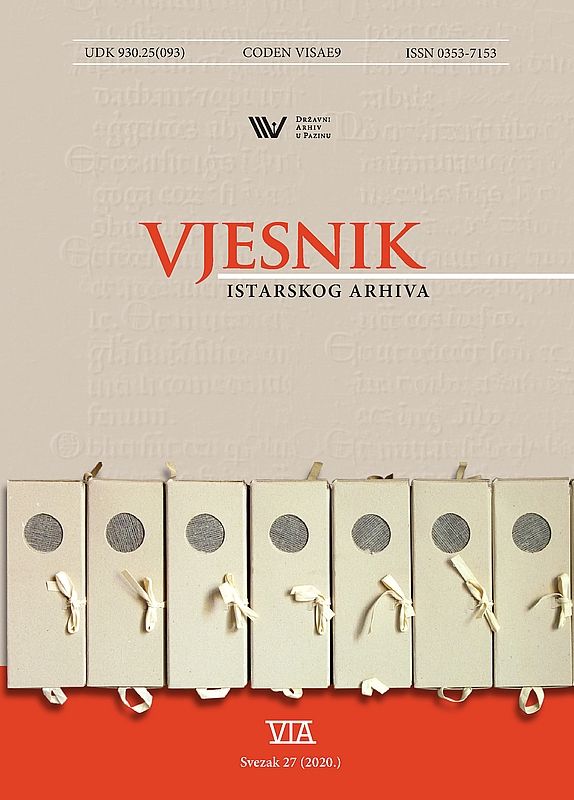Regional People’s Committee for Istria and some of the measures for the revitalization of Istrian viticulture and winemaking in the period from 1945 to 1947.
DOI:
https://doi.org/10.31726/via.27.7Keywords:
wine, viticulture, Istria 1945 - 1947, Regional People’s Committee for IstriaAbstract
The paper deals with the problem of renewal of viticulture in Istria in the 1945-1947 period. During the interwar Italian rule viticulture was rather neglected, almost completely destroyed by high taxes and other levies. The result was the abandonment of viticulture and the turn to the cultivation of cereals, primarily wheat. About 50% of the vineyard area in that period was repurposed for the cultivation of other agricultural crops or was ruined due to neglect. Accordingly, the first measures of the Committee were aimed at restoring the vineyards. It was necessary to find the most resistant varieties, establish nurseries and organize courses for growers. Great efforts were made to combat diseases of wine and vines, hampered by a chronic lack of copper sulphate and sulphur. At the same time, the authorities had to fix purchase and sale prices, taking care to protect the interests of producers, traders and consumers. In order to protect genuine wine and wine products, it was important to distinguish between genuine wine and wine products and artificial ones, and to distinguish between wine and other alcoholic beverages made from various fruits. The Fonds of the State Archives in Pazin were used for the purposes of writing the paper: “HR-DAPA-79, ONOI, 1945-1947” and “HR-DAPA-91, KNO Vodnjan, 1945-1947” as well as the Fonds of the Military Archives of Serbia: “Vojna uprava JNA, VU 1, 1945-1953”.
Downloads
Published
Issue
Section
License

This work is licensed under a Creative Commons Attribution-NonCommercial 4.0 International License.

